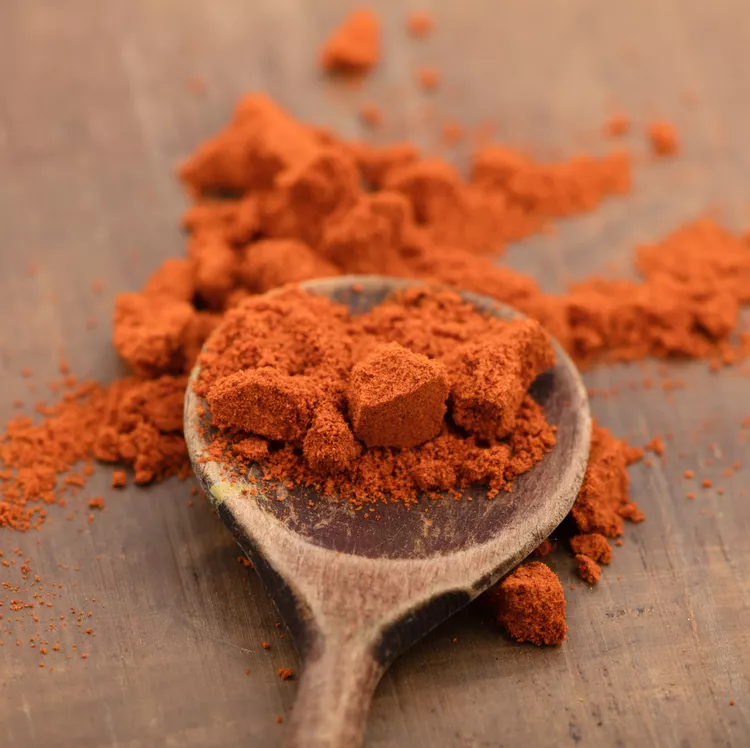- No. 268 Xianghe Street, Economic Development Zone of Xingtai city, Hebei 054001 China
- Byron@hbhongri.cn
Exploring the Flavorful World of Chili and Paprika Seasonings
The Flavors of Chili and Paprika A Culinary Exploration
When we think of vibrant, flavorful cooking, two ingredients often stand out chili and paprika. Both spices are derived from peppers, yet they boast unique characteristics and uses that add depth to various dishes around the world. This article will explore the origins, varieties, culinary uses, and health benefits of chili and paprika, illustrating why these spices are essential in kitchens globally.
Origins and Varieties
Chili peppers originate from Central and South America, where they have been cultivated for thousands of years. They were introduced to Europe and Asia after the Columbian Exchange and quickly became staples in cuisines around the world. Chili peppers come in numerous varieties, each with its own flavor profile and level of heat. From the sweet and fruity bell pepper to the fiery habanero, the world of chilies is diverse.
Paprika, on the other hand, is a spice made from ground capsicum peppers, primarily of the sweet variety. It is most commonly associated with Hungarian cuisine, where it plays a crucial role in dishes like goulash and chicken paprikash. However, paprika also has a significant presence in Spanish cuisine, particularly in dishes such as chorizo and paella. The subtle sweetness and smokiness of paprika can vary greatly, depending on the type of pepper used and the method of drying and grinding.
Culinary Uses
Chili and paprika are not just simple spices; they are culinary powerhouses that can transform a dish with just a sprinkle. Chili peppers are often used fresh, dried, or powdered. Fresh chilies can add a burst of flavor and heat to salsas, stir-fries, and salads, while dried chilies like chipotle or ancho are perfect for enriching sauces, stews, and marinades.
Paprika, in its various forms, can serve multiple purposes in cooking. Sweet paprika is used to add color and gentle flavor, often as a finishing spice on deviled eggs or salads. Hot paprika brings a zesty kick to dishes and is commonly sprinkled over soups or used in meat rubs. Smoked paprika, with its deep, rich flavor, is particularly popular in Spanish dishes, lending an authentic taste to paella and grilled vegetables.
chili and paprika

Both spices can also enhance the taste of sauces and dressings. A dash of chili powder can bring warmth to a creamy dip, while smoked paprika can elevate a simple vinaigrette into a flavorful drizzle perfect for roasted vegetables.
Health Benefits
Beyond their culinary uses, chili and paprika offer a myriad of health benefits. Chili peppers contain capsaicin, a compound known for its anti-inflammatory properties. This active ingredient has been studied for its potential to relieve pain and even aid in weight loss by boosting metabolism. Furthermore, chilies are rich in vitamins A and C, contributing to overall immune health and skin vitality.
Paprika, too, boasts nutritional advantages. It is rich in antioxidants, which can help combat oxidative stress in the body. The vibrant color of paprika is a telltale sign of its high carotenoid content, which is beneficial for eye health. Additionally, paprika contains essential nutrients, including vitamins E and B6, and minerals such as iron and magnesium.
Conclusion
In conclusion, chili and paprika are more than just spices; they are integral components of culinary traditions around the globe. Their unique flavors and versatility not only enhance dishes but also offer numerous health benefits. From spicy chili con carne to a subtly flavored Hungarian goulash, these ingredients invite creativity in the kitchen, encouraging cooks to experiment and explore.
Whether you prefer the heat of fresh chilies or the smoky sweetness of paprika, both spices have a rightful place in your spice rack. As we continue to explore global cuisines, it’s evident that chili and paprika will remain in the spotlight, imparting their vibrant essence to our meals for generations to come. So, the next time you reach for these spices, remember the rich history and multitude of flavors they bring to your cooking.
-
The Versatile Uses and Benefits of Capsicum Frutescens Oleoresin and ExtractsNewsJun.03,2025
-
Paprika&Chili Products Enhancing Flavor and Wellness in Every BiteNewsJun.03,2025
-
Paprika Extract and Capsicum Applications in Food and IndustryNewsJun.03,2025
-
Exploring the Benefits and Uses of Turmeric Powder and Curcumin ExtractNewsJun.03,2025
-
Discover the Bold Flavor of Premium Chilli Powder from ChinaNewsJun.03,2025
-
Capsicum Oleoresin Extract: A Potent Natural Ingredient in Modern ApplicationsNewsJun.03,2025







